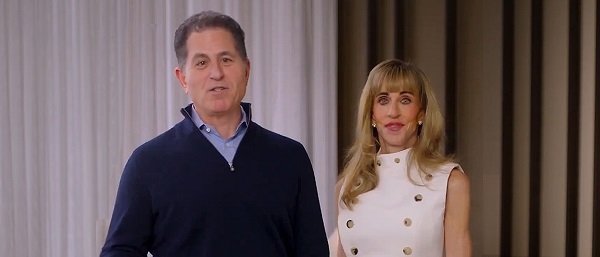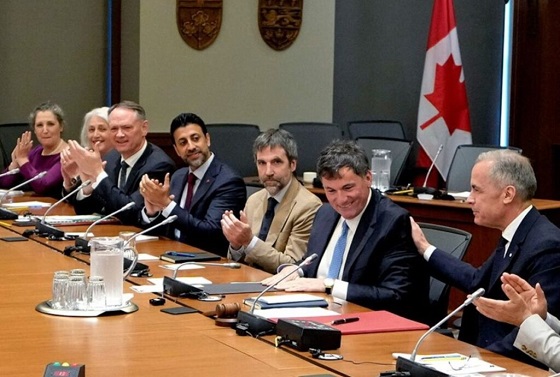Uncategorized
Korean leaders meet in Pyongyang for potentially tough talks

PYONGYANG, Korea, Democratic People’s Republic Of — South Korean President Moon Jae-in began his third summit with North Korean leader Kim Jong Un on Tuesday with possibly his hardest mission to date — brokering some kind of compromise to keep North Korea’s talks with Washington from imploding and pushing ahead with his own plans to expand economic
Kim gave the South Korean president an exceedingly warm welcome, meeting him and his wife at Pyongyang’s airport — itself a very unusual gesture — then riding into town with Moon in an open limousine through streets lined with crowds of North Koreans, who cheered and waved the flag of their country and a blue-and-white flag that symbolizes Korean unity.
The made-for-television welcome is par for the course for Moon’s summits with Kim.
Hours after his arrival, Moon began an official summit with Kim at the ruling Workers’ Party headquarters. The two were joined by two of their top deputies — spy chief Suh Hoon and presidential security director Chung Eui-yong for Moon, and Kim Jong Un’s powerful sister, Kim Yo Jong, and senior Workers’ Party official Kim Yong Chol for the North Korean leader, according to Moon’s office.
At the start of their meeting, Kim thanked Moon for brokering a June summit with U.S. President Donald Trump.
“It’s not too much to say that it’s Moon’s efforts that arranged a historic North Korea-U.S. summit. Because of that, the regional political situation has been stabilized and more progress is expected,” Kim said, according to South Korean media pool reports.
Moon responded by expressing his own thanks to Kim for making a “bold decision” in a New Year’s speech to open a new era of detente and send a delegation to the South Korean Winter Olympics in February.
The results of the talks weren’t immediately available. Seoul officials earlier said they would focus on how to achieve denuclearization of the Korean Peninsula, decrease military tensions along their border and improve overall ties. The North’s media said the talks would reaffirm their commitment to Korean peace, unity and prosperity.
During a conversation at the Paekhwawon guest house where Moon was to stay, Kim said North Koreans hope diplomacy will yield positive results. “I think it was our people’s wish that we come up with good results as fast as we can,” Kim said, according to the media pool reports.
Moon responded that “Our hearts are fluttering, but at the same we have heavy hearts,” and added, “We have built trust and friendship between us, so I think all will be well.”
The two are to meet again on Wednesday.
More than in their previous encounters, when the mere fact of meeting and resuming a dialogue was seen as a major step forward, Moon is under pressure to leave Thursday with some concrete accomplishments.
One of Moon’s objectives — and one that also interests Kim — was clear from the people he took with him. Traveling on Moon’s government jet was Samsung scion Lee Jae-yong and other business leaders, underscoring Moon’s hopes to expand cross-border business projects. Currently, however, all major joint projects between the Koreas are stalled because of U.S.-led sanctions.
But the nuclear issue was sure to cast a shadow over negotiations on joint projects.
Before leaving Seoul, Moon vowed to push for “irreversible, permanent peace” and for better dialogue between Pyongyang and Washington.
“This summit would be very meaningful if it yielded a resumption of North Korea-U.S. talks,” Moon said Tuesday just before his departure. “It’s very important for South and North Korea to meet frequently, and we are turning to a phase where we can meet anytime we want.”
But as Moon arrived, the North’s main newspaper lobbed a rhetorical volley at Washington that could make Moon’s job all the more delicate, blaming the United States alone for the lack of progress in denuclearization talks.
“The U.S. is totally to blame for the deadlocked DPRK-U.S. negotiations,” the Rodong Sinmun said in an editorial, using the initials of the North’s formal name, the Democratic People’s Republic of Korea.
It said Washington is “stubbornly insisting” that the North dismantle its nuclear weapons first, an approach “which was rejected in the past DPRK-U.S. dialogues,” while failing to show its will for confidence-building “including the declaration of the end of war which it had already pledged.”
While
Rarely do the North Korean official media even mention the word denuclearization.
Talks between the United States and North Korea have stalled since Kim’s meeting with Trump in Singapore in June.
North Korea has taken some steps, like dismantling its nuclear and rocket-engine testing sites, but U.S. officials have said it must take more serious disarmament steps before receiving outside concessions. Trump has indicated he may be open to holding another summit to resuscitate the talks, however.
For Kim, the timing of this week’s summit is good.
North Korea just completed an elaborate celebration replete with a military parade and huge rallies across the country to mark its 70th anniversary. China,
To keep expectations from getting too high, Moon’s chief of staff, Im Jong-seok, said it’s “difficult to have any optimistic outlook” for progress on denuclearization during the summit. But he said he still expects the summit to produce meaningful agreements.
Some progress along those lines is already underway.
South Korea last week opened a liaison office in the North’s city of Kaesong, near the Demilitarized Zone. Another possible area of agreement could be on a formal statement on ending the Korean War, which was halted in 1953 by what was intended to be a temporary armistice. Military officials have discussed possibly disarming a jointly controlled area at the Koreas’ shared border village, removing front-line guard posts and halting hostile acts along their sea boundary.
Moon is the third South Korean leader to visit North Korea’s capital for summits, but the first since 2007.
___
Kim reported from Seoul. AP journalists Kim Tong-hyung and Foster Klug contributed from Seoul. Talmadge is the AP’s Pyongyang bureau chief. Follow him on Instagram and Twitter: @EricTalmadge
Eric Talmadge And Hyung-Jin Kim, The Associated Press
Uncategorized
Cost of bureaucracy balloons 80 per cent in 10 years: Public Accounts

The cost of the bureaucracy increased by $6 billion last year, according to newly released numbers in Public Accounts disclosures. The Canadian Taxpayers Federation is calling on Prime Minister Mark Carney to immediately shrink the bureaucracy.
“The Public Accounts show the cost of the federal bureaucracy is out of control,” said Franco Terrazzano, CTF Federal Director. “Tinkering around the edges won’t cut it, Carney needs to take urgent action to shrink the bloated federal bureaucracy.”
The federal bureaucracy cost taxpayers $71.4 billion in 2024-25, according to the Public Accounts. The cost of the federal bureaucracy increased by $6 billion, or more than nine per cent, over the last year.
The federal bureaucracy cost taxpayers $39.6 billion in 2015-16, according to the Public Accounts. That means the cost of the federal bureaucracy increased 80 per cent over the last 10 years. The government added 99,000 extra bureaucrats between 2015-16 and 2024-25.
Half of Canadians say federal services have gotten worse since 2016, despite the massive increase in the federal bureaucracy, according to a Leger poll.
Not only has the size of the bureaucracy increased, the cost of consultants, contractors and outsourcing has increased as well. The government spent $23.1 billion on “professional and special services” last year, according to the Public Accounts. That’s an 11 per cent increase over the previous year. The government’s spending on professional and special services more than doubled since 2015-16.
“Taxpayers should not be paying way more for in-house government bureaucrats and way more for outside help,” Terrazzano said. “Mere promises to find minor savings in the federal bureaucracy won’t fix Canada’s finances.
“Taxpayers need Carney to take urgent action and significantly cut the number of bureaucrats now.”
Table: Cost of bureaucracy and professional and special services, Public Accounts
| Year | Bureaucracy | Professional and special services |
|
$71,369,677,000 |
$23,145,218,000 |
|
|
$65,326,643,000 |
$20,771,477,000 |
|
|
$56,467,851,000 |
$18,591,373,000 |
|
|
$60,676,243,000 |
$17,511,078,000 |
|
|
$52,984,272,000 |
$14,720,455,000 |
|
|
$46,349,166,000 |
$13,334,341,000 |
|
|
$46,131,628,000 |
$12,940,395,000 |
|
|
$45,262,821,000 |
$12,950,619,000 |
|
|
$38,909,594,000 |
$11,910,257,000 |
|
|
$39,616,656,000 |
$11,082,974,000 |
Uncategorized
Trump Admin Establishing Council To Make Buildings Beautiful Again
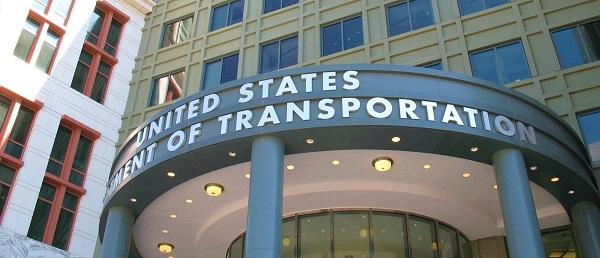

From the Daily Caller News Foundation
By Jason Hopkins
The Trump administration is creating a first-of-its-kind task force aimed at ushering in a new “Golden Age” of beautiful infrastructure across the U.S.
The Department of Transportation (DOT) will announce the establishment of the Beautifying Transportation Infrastructure Council (BTIC) on Thursday, the Daily Caller News Foundation exclusively learned. The BTIC seeks to advise Transportation Secretary Sean Duffy on design and policy ideas for key infrastructure projects, including highways, bridges and transit hubs.
“What happened to our country’s proud tradition of building great, big, beautiful things?” Duffy said in a statement shared with the DCNF. “It’s time the design for America’s latest infrastructure projects reflects our nation’s strength, pride, and promise.”
“We’re engaging the best and brightest minds in architectural design and engineering to make beautiful structures that move you and bring about a new Golden Age of Transportation,” Duffy continued.
Mini scoop – here is the DOT’s rollout of its Beautifying Transportation Infrastructure Council, which will be tasked with making our buildings beautiful again. pic.twitter.com/
9iV2xSxdJM — Jason Hopkins (@jasonhopkinsdc) October 23, 2025
The DOT is encouraging nominations of the country’s best architects, urban planners, artists and others to serve on the council, according to the department. While ensuring that efficiency and safety remain a top priority, the BTIC will provide guidance on projects that “enhance” public areas and develop aesthetic performance metrics.
The new council aligns with an executive order signed by President Donald Trump in August 2025 regarding infrastructure. The “Making Federal Architecture Beautiful Again” order calls for federal public buildings in the country to “respect regional architectural heritage” and aims to prevent federal construction projects from using modernist and brutalist architecture styles, instead returning to a classical style.
“The Founders, in line with great societies before them, attached great importance to Federal civic architecture,” Trump’s order stated. “They wanted America’s public buildings to inspire the American people and encourage civic virtue.”
“President George Washington and Secretary of State Thomas Jefferson consciously modeled the most important buildings in Washington, D.C., on the classical architecture of ancient Athens and Rome,” the order continued. “Because of their proven ability to meet these requirements, classical and traditional architecture are preferred modes of architectural design.”
The DOT invested millions in major infrastructure projects since Trump’s return to the White House. Duffy announced in August a $43 million transformation initiative of the New York Penn Station in New York City and in September unveiledmajor progress in the rehabilitation and modernization of Washington Union Station in Washington, D.C.
The BTIC will comprise up to 11 members who will serve two-year terms, with the chance to be reappointed, according to the DOT. The task force will meet biannually. The deadline for nominations will end Nov. 21.
-
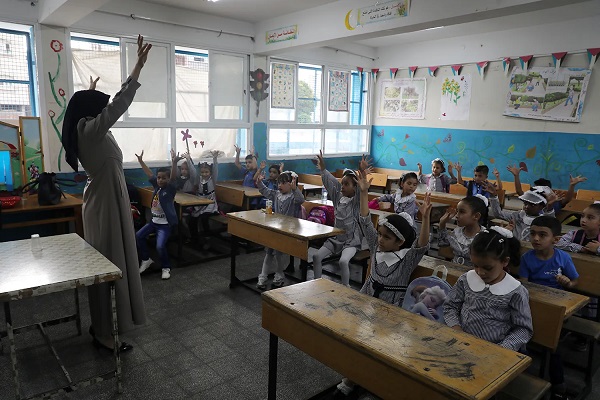
 Business19 hours ago
Business19 hours agoWhy Does Canada “Lead” the World in Funding Racist Indoctrination?
-

 Focal Points2 days ago
Focal Points2 days agoPharma Bombshell: President Trump Orders Complete Childhood Vaccine Schedule Review
-
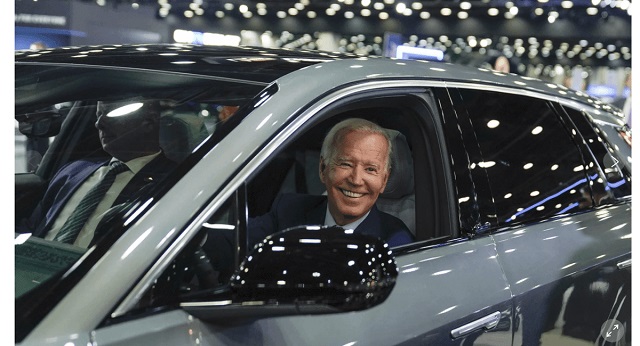
 Automotive1 day ago
Automotive1 day agoTrump Deals Biden’s EV Dreams A Death Blow
-
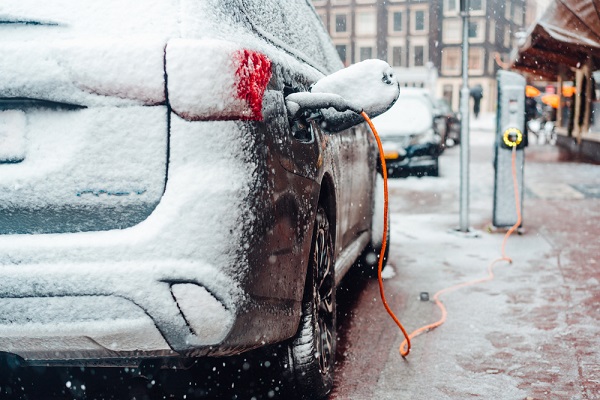
 Automotive1 day ago
Automotive1 day agoCanada’s EV Mandate Is Running On Empty
-

 Alberta2 days ago
Alberta2 days agoA Memorandum of Understanding that no Canadian can understand
-

 Censorship Industrial Complex2 days ago
Censorship Industrial Complex2 days agoFrances Widdowson’s Arrest Should Alarm Every Canadian
-
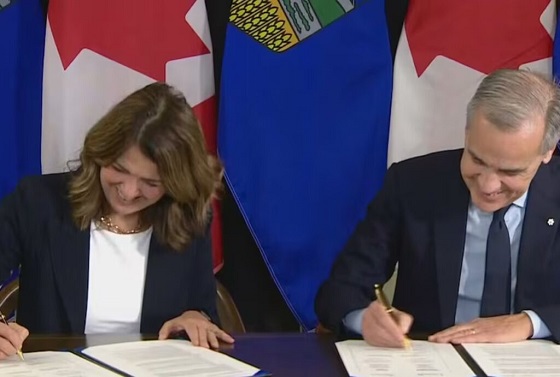
 Alberta2 days ago
Alberta2 days agoPremier Smith: Canadians support agreement between Alberta and Ottawa and the major economic opportunities it could unlock for the benefit of all
-

 Media19 hours ago
Media19 hours agoThey know they are lying, we know they are lying and they know we know but the lies continue





